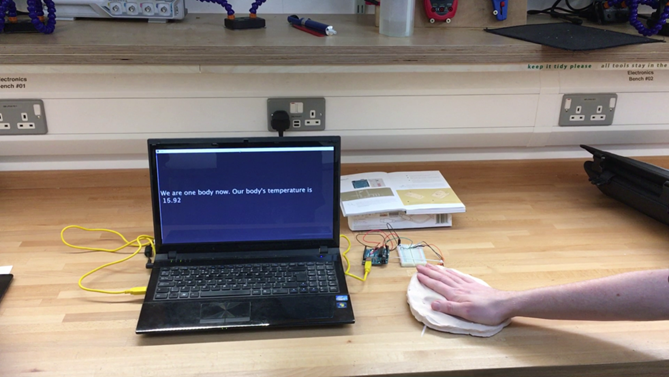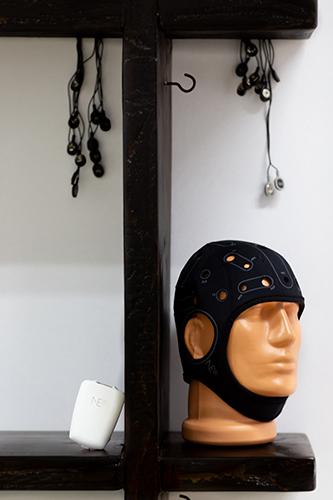Tudor Balinisteanu
The presence of virtual agents in all spheres of life has become ubiquitous. Many specialized companies now offer the service of creating personalized virtual agents to be integrated within various types of business solutions. While most of these virtual agents are currently online presences, they may soon become integrated within human-AI hybrid habitats. For example, upon entering a bank to request a particular type of service, one may, in the near future, encounter a screen displaying a virtual agent persona, with whom one would be required to engage in conversation. Or, in a semi-automated medical facility, one may come across a similar screen displaying the persona of a medical assistant who will enquire about symptoms, previous medical history data, family situation, and so forth, even administering treatment. While many private companies currently offer to design virtual agents, there is no company as yet offering to design empathic visual identities for the virtual agent persona. The proposed project fills this gap by offering a solution for determining the optimal visual identity of virtual agents in terms of their ability to trigger the strongest empathic response in the human interacting partner.
Hence, the present project will use behavioral and neurophysiological data collected in a series of experiments designed to measure the strongest empathic response in human participants engaged in human-AI interaction in order to determine the configuration of the facial visual identity of virtual agents that are most likely to trigger an empathic response. While the aim of the project is to create a prototypical virtual agent empathic face, the method for doing so, validated through this project, is designed to be flexible. This flexibility means that virtual agent empathic faces could be selected according to specified requirements in line with the demands of the service envisioned to be performed by the virtual agent. For example, a different range of virtual agent visual identities (faces) would be required for delivering a banking service than a medical service, or a social assistance service.
With this in mind, the project leader (Tudor Balinisteanu) created a basic sense-react prototype system (Fig 1). Based on this prototype, our original research design and analysis methods allow us to determine which VA/AI prototypical face (or particular face from a presented range) is most likely to determine an empathic response in any circumstances. For example, in the area of medical services where virtual agents may, in the not too distant future, perform basic automated analyses, some of which may be invasive (that is, perceived as threatening the integrity of the self) it may be necessary to devise a virtual medical agent capable of triggering such a strong empathic response that any reluctance of the service user to interact should be overcome. The method we propose can achieve that.

Figure 1: Conceptual prototype for a sense-react human-AI habitat in which a simulated AI partner responds with a personalized message. This conceptual prototype was designed by Tudor Balinisteanu, who owns the copyright.
©Tudor Balinisteanu 2019


